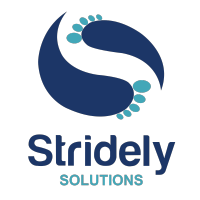How ERP Benefits the Energy and Utilities industry?
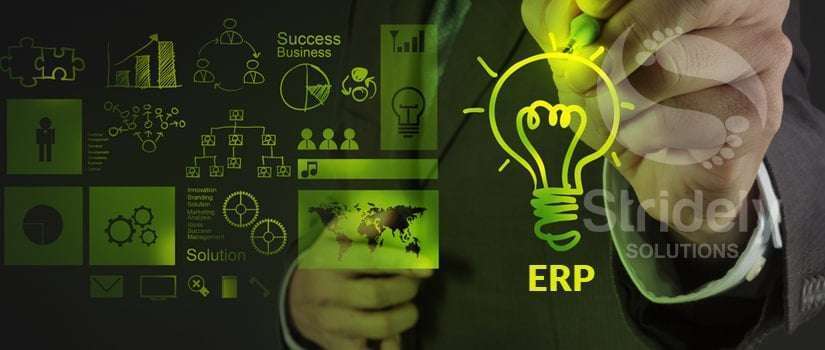
We get to hear a lot about the manufacturing industry, the transportation sector, the IT domain, and even the healthcare department. Little is known is said or heard about the Energy and Utilities industry, right?
SharePoint ECM – Your Organization’s Content Management Partner
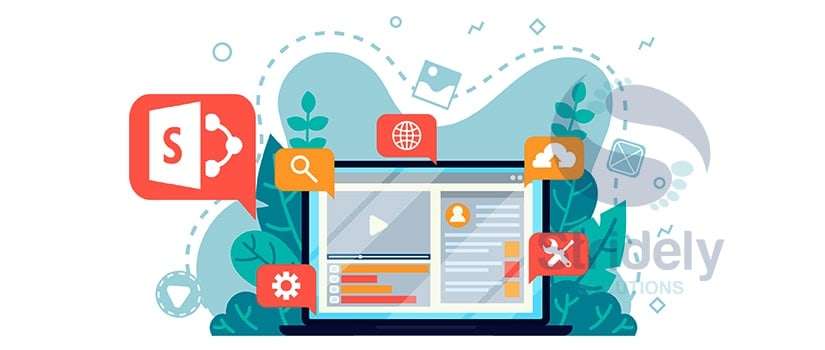
Organizations that planned to digitize their workforce or in other words, go paperless might have had a tough time in the last decade. Even though there are thousands of solutions that streamline the process of digital transformation, organizations fail to effectively implement the same.
Accelerate and Optimize Direct Procurement with SAP Ariba Solution
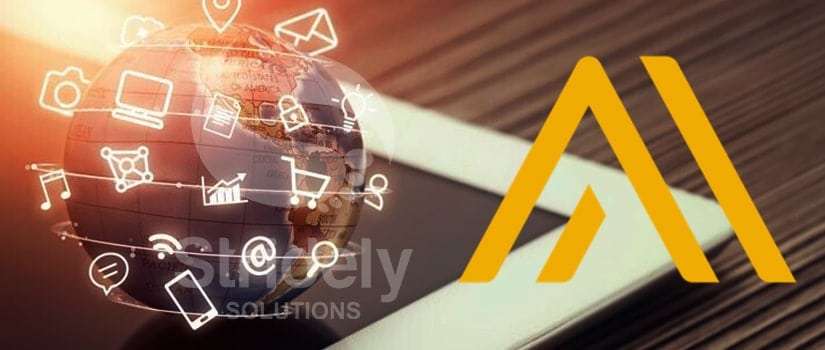
Direct Procurement is one of those areas that has long been the topic of discussion for most of the organizations. Acquiring raw materials as well as goods for production needs to be done in a cost-effective manner.
Why is it Essential for You to Migrate to SAP S/4HANA Right Now?
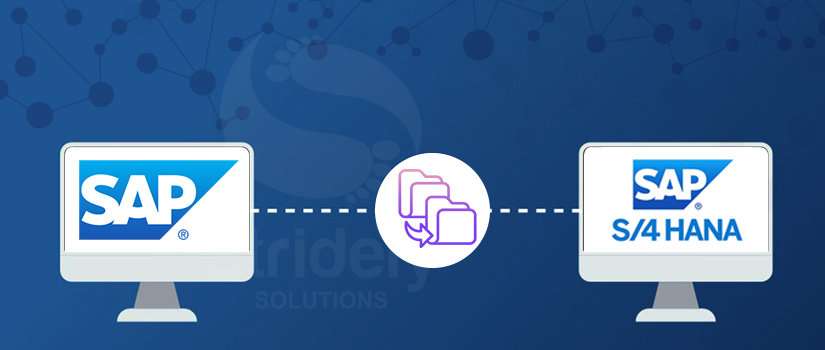
The fact that you are here and reading this piece of article, it’s pretty obvious that you are currently operating your business on the SAP ERP system and also that you are aware of the decision laid by SAP to withdraw its support from all the legacy software. True, right?

